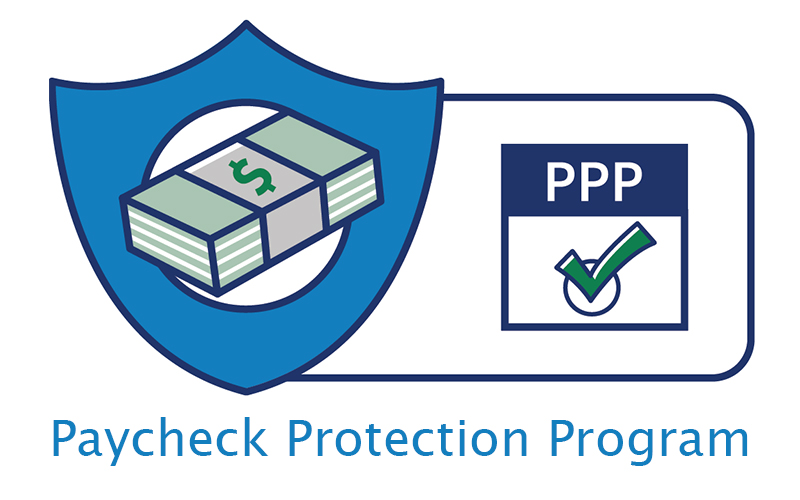As you may have heard, the House of Representatives and Senate have both passed a new bill (H.R. 7010) that makes a number of changes to the Paycheck Protection Program Loans. We are awaiting the signature of the President to make this bill official, and of course further guidance on the application of the bill but we wanted to get the news out to you now to stay tuned for how changes may affect you.
If you have not applied for the Paycheck Protection Program Loans – there is still time! Over $100 Billion remain available. If you considered the program earlier and would like more information please contact us and we can provide information so you can participate in the program.
Here are the headline changes in the bill.
- Adds the option of using a 24 week period of time to spend the funds instead of 8 weeks
- Final date of December 31st has been set which seems to imply loans will still be available beyond June 30th for those that have not applied yet.
- Requires a minimum of 60% of the loan to be used for Payroll Costs (Wages, Employer paid health Insurance & Employer paid Retirement contributions).
- This replaces the 75% rule in the original bill, however this also adds the requirement that if 60% of the funds are not used on Payroll costs that there will be no forgiveness of any of the loan.
- Up to 40% can be used on non-payroll costs (Rent, Utilities & Interest on Buildings & Equipment).
- For any loans that may result, the loan term is extended to 5 years instead of 2 years. The existing 6 month deferment on payments is also extended to the date that forgiveness is determined (whichever is later). The interest rate remains at 1%.
- For employers struggling to bring employees back, this does extend the time to replace those employees as well as adds provisions to allow them not to be replaced if economic conditions do not allow.
While there are many areas in the original bills and this one that will need further clarification the largest area of concern remains the ability to return to your full workforce.
- The original bill contains a Full Time Equivalent Employee count that needs to be maintained or met during the Covered Period. In general, if you reduced your workforce since February 15th, you need to restore that workforce. The recent guidelines used June 30, 2020 as a target date for rehire if you were unable to achieve that earlier. The new bill uses December 31, 2020 for that calculation. This will lead to many ways to calculate how or when you have satisfied this requirement.
- For employers that have not reduced their workforce this is not expected to be a concern.
There was no mention to changes on who or how payroll needs to be paid.
- This would imply that the cap still exists on business owners that the maximum forgiveness available is 8/52 of their 2019 Wages or Self Employment income.
- Bonuses to employees (non-owners) are acceptable
For employers that are able to use the funds correctly in their 8 week period, we will be able to assist in applying for forgiveness at the end of the 8 week covered period. You do not need to wait for the 24 weeks to pass.
We expect to learn much more about how these changes will affect you over the coming weeks. If you have immediate concerns please reach out to us so we may assist. Alternatively we will be following up with you as details become available.


